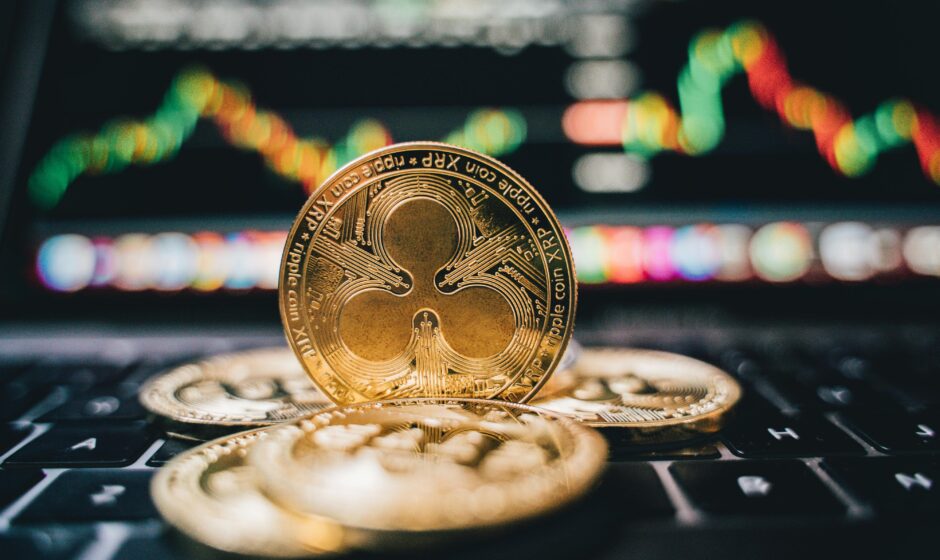Decentralized Finance, or DeFi, has emerged as a revolutionary movement in the financial sector, offering unprecedented access to services traditionally controlled by banks and other centralized institutions. Built on blockchain technology, DeFi provides a borderless, permissionless, and transparent financial ecosystem where anyone with an internet connection can participate.
In this article, we’ll explore the diverse components of DeFi, focusing on key concepts like lending pools and liquidity mining—two essential pillars reshaping how users interact with digital finance.
What Makes DeFi Revolutionary?
DeFi removes the need for intermediaries, enabling financial transactions through smart contracts that automatically execute terms when conditions are met. This framework offers numerous benefits:
- Accessibility: Open to anyone, regardless of geographic location or financial history.
- Transparency: All transactions are recorded on the blockchain, allowing public verification.
- Programmability: Smart contracts enable customizable financial products and services.
Now, let’s break down two critical aspects of this decentralized landscape.
Lending Pools: Empowering Financial Inclusion
Lending pools in DeFi operate without traditional financial institutions. Instead, they connect borrowers directly with lenders through decentralized protocols.
How They Work
Users deposit their cryptocurrency assets into a smart contract, forming a pool from which others can borrow. Borrowers provide collateral, ensuring the protocol’s safety and reducing the risk of default.
Top Lending Platforms
- Aave: A leading protocol offering flash loans and multi-currency support.
- Compound: One of the first platforms to popularize yield farming.
- MakerDAO: Enables users to borrow the DAI stablecoin by locking up ETH as collateral.
Benefits of DeFi Lending
- Interest Earnings: Lenders earn passive income by providing liquidity.
- Flexible Collateral: Borrowers maintain control of their collateralized assets.
- Instant Loans: Automated processes enable quicker transactions.
Challenges
- Volatility Risks: Collateral value fluctuations can trigger liquidations.
- Smart Contract Vulnerabilities: Bugs or exploits may lead to losses.
Liquidity Mining: Fueling DeFi Growth
Liquidity mining incentivizes users to provide liquidity to DeFi protocols by rewarding them with native tokens.
How It Works
Participants deposit cryptocurrency into liquidity pools, usually on decentralized exchanges (DEXs) like Uniswap or SushiSwap. In return, they earn a share of trading fees and additional governance tokens.
Why Is Liquidity Important?
Liquidity ensures smooth and efficient trading. Without sufficient liquidity, traders may experience slippage—a situation where they receive less than expected due to market inefficiencies.
Popular Platforms for Liquidity Mining
- Uniswap: A pioneer in automated market-making (AMM).
- Balancer: Supports customizable liquidity pools.
- Curve Finance: Optimized for stablecoin trading.
Benefits of Liquidity Mining
- Passive Income: Earn rewards on idle assets.
- Token Incentives: Receive governance tokens, which may appreciate in value.
- Community Governance: Participate in decision-making processes.
Risks to Consider
- Impermanent Loss: When the value of assets in a liquidity pool diverges from holding them independently.
- Smart Contract Risks: Potential vulnerabilities in protocol code.
Real-World Impact of DeFi Innovations
The innovations in lending pools and liquidity mining are democratizing finance and creating new opportunities:
- Financial Inclusion: Individuals in underbanked regions gain access to credit and investment opportunities.
- Wealth Creation: Yield farming and liquidity mining provide alternative income streams.
- Innovation Incentives: DeFi protocols continuously evolve to offer better products and services.
Navigating Challenges in DeFi
While DeFi offers immense potential, users should approach it with caution.
- Security: Due diligence is essential when interacting with protocols.
- Regulatory Uncertainty: Governments are still formulating regulations for DeFi.
- Education Gap: Understanding complex DeFi mechanisms is crucial to avoid losses.
The Road Ahead for DeFi
As DeFi matures, we can expect:
- Enhanced Security: Auditing and insurance protocols to mitigate risks.
- Scalability Solutions: Layer-2 integrations to reduce transaction costs and increase speed.
- Cross-Chain Interoperability: Seamless interactions between different blockchains.
Final Thoughts
Navigating the DeFi landscape, from lending pools to liquidity mining, offers users a chance to participate in a transformative financial revolution. By understanding its opportunities and risks, individuals can harness the power of decentralized finance to achieve greater financial independence and innovation.
Whether you’re a seasoned crypto investor or just starting, keeping a pulse on DeFi developments will be crucial as this dynamic space continues to evolve.
Makayla Broadby a Web3 and NFT specialist tracking metaverse developments, digital art trends, and gaming innovations. Makayla deciphers how blockchain is revolutionizing digital experiences.


